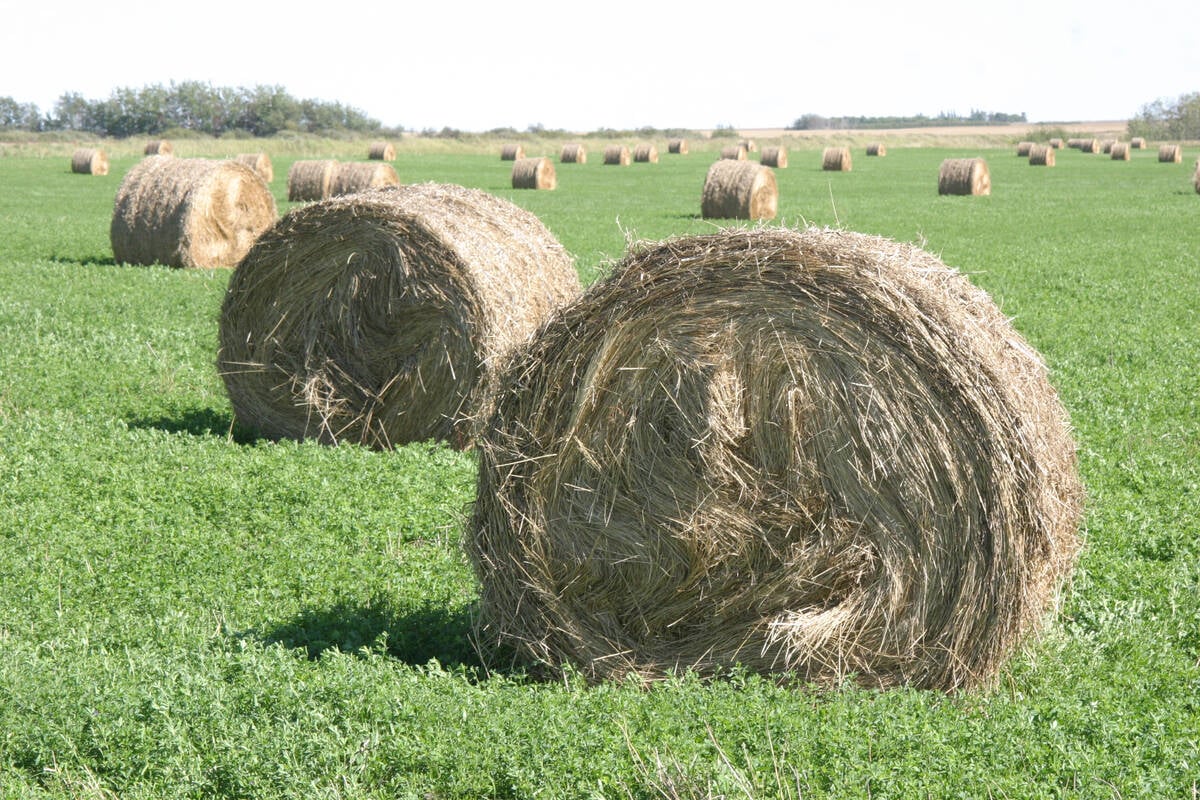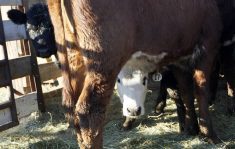BILLINGS, Mont. – When organic beef is promoted as chemical free, equal time should be given to conventional beef because it is just as clean, says an American meat scientist.
In response to charges by the European Union that American meat is full of chemical and hormone residues, the United States Department of Agriculture tested beef samples for traces of anabolic steroids and clenbuterol. No residues were found in samples taken from steers, heifers or cull cows, said Gary Smith of Colorado State University.
Organic beef and conventional beef measured zero for residues.
Read Also

Breaking down successful winter feeding into six steps
It’s that time of year when it is important to start planning for a cow herd’s winter feeding program. Here are six steps I think are necessary to consider when getting your feed tested.
Researchers looked for steroids, xenobiotics, sulfa drugs, tetracycline and pesticides. They also looked at vegetable byproducts and cotton gin trash fed to cattle in the U.S. and discovered no pesticide residues, said Smith at the Montana Stockgrowers Association meeting in Billings.
Food safety has become a huge issue among many consumers who are worried the food they eat may kill them, said Smith.
“A consumer looks at the retail case and says, ‘that fat and cholesterol may kill me in 30 or 40 years from now, but if it has a bad bug it may kill me in three or four days.’ ” said Smith.
A major fear
A recent survey asked Americans what they fear most. At the top of the list was being in a car accident, followed by cancer and then not enough money in their old age. Fifth was food poisoning from meat.
The E. coli infection, commonly known as hamburger disease, has been found in several other foods including fruits and vegetables.
But in efforts to reduce the risk of infection, the North American red meat industry is conducting microbial mapping, examining every part of the carcass and chain of production to find the bad bugs and keep them away from consumers.
Researchers have tried chemical dehairing of cattle and a carcass wash using acetic acid, (acid in vinegar) combined with steam pasteurization, which all lowered the odds of finding the potentially deadly strain of E. coli 0157:H7.
Using these processes lowered the odds to one in five million of finding the bacteria or other contaminants, said Smith.
Problem is external
The process starts at the cow-calf level. Cattle covered with mud and manure increase the odds of E.coli and salmonella appearing. A Cornell University study of culled dairy cows said the bacteria was found in mud and manure caked on the hide, not in the internal feces.
Besides beef cuts, they need to find ways to ensure E. coli is killed on variety meats since these are important to the international beef trade. Acetic acid washes appeared to solve the problem on 16 different products including tongue, heart and liver.
“We’re trying to find out where else in this chain can we intervene to protect the integrity of our product,” said Smith.
Another bullet for the food safety gun is irradiation, approved in December for red meats in the U.S.















